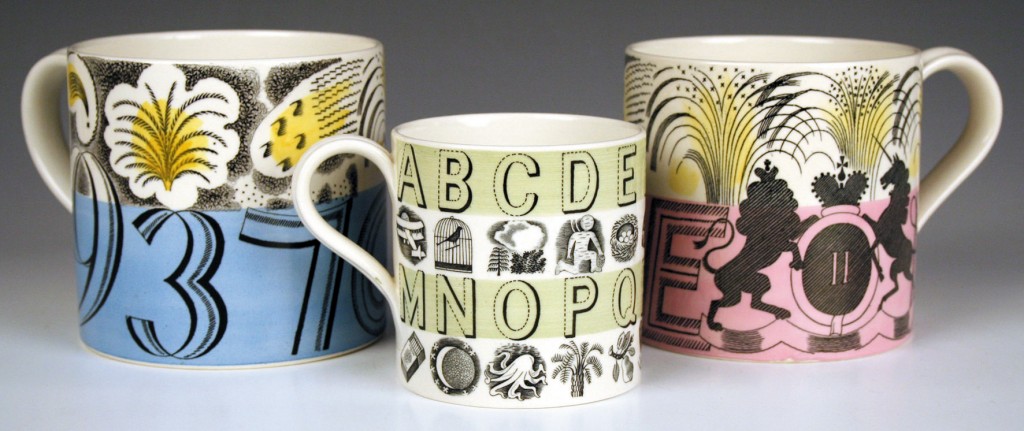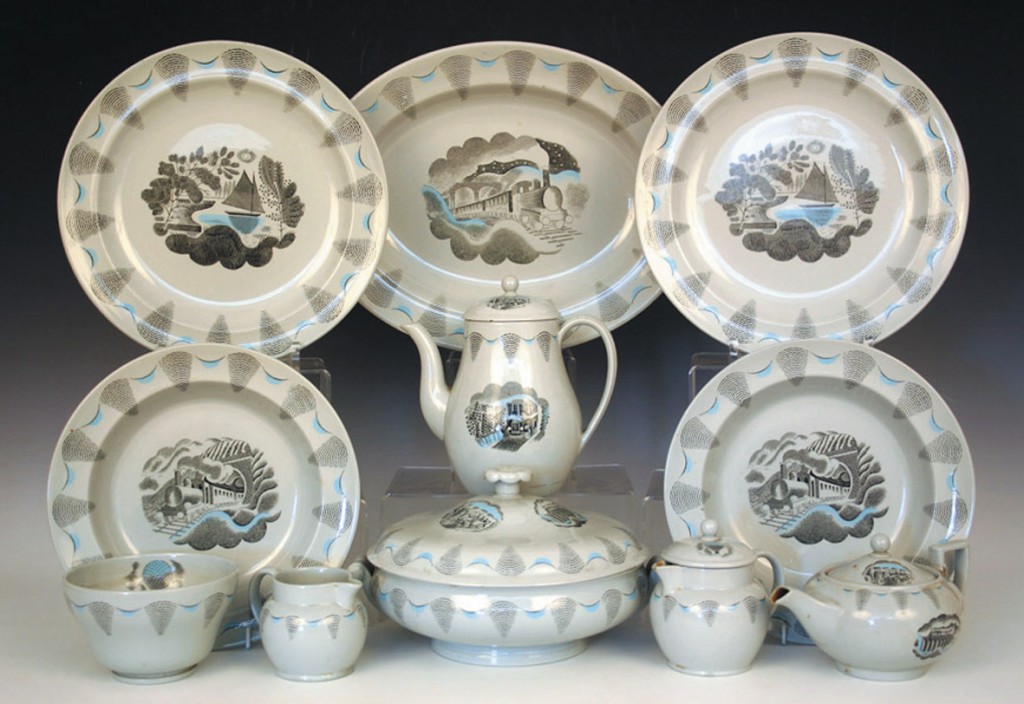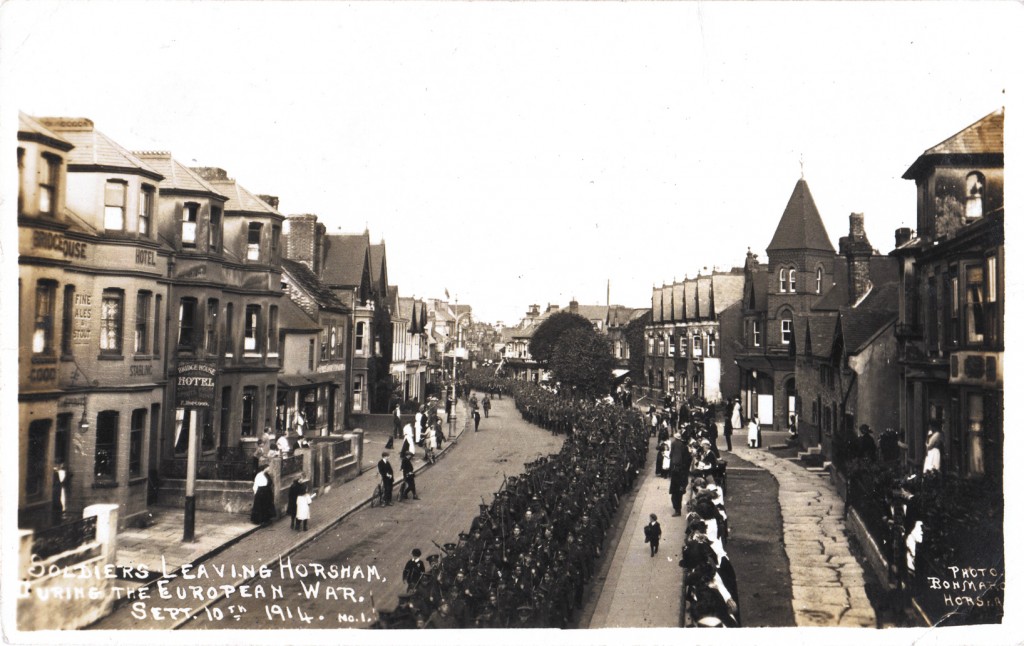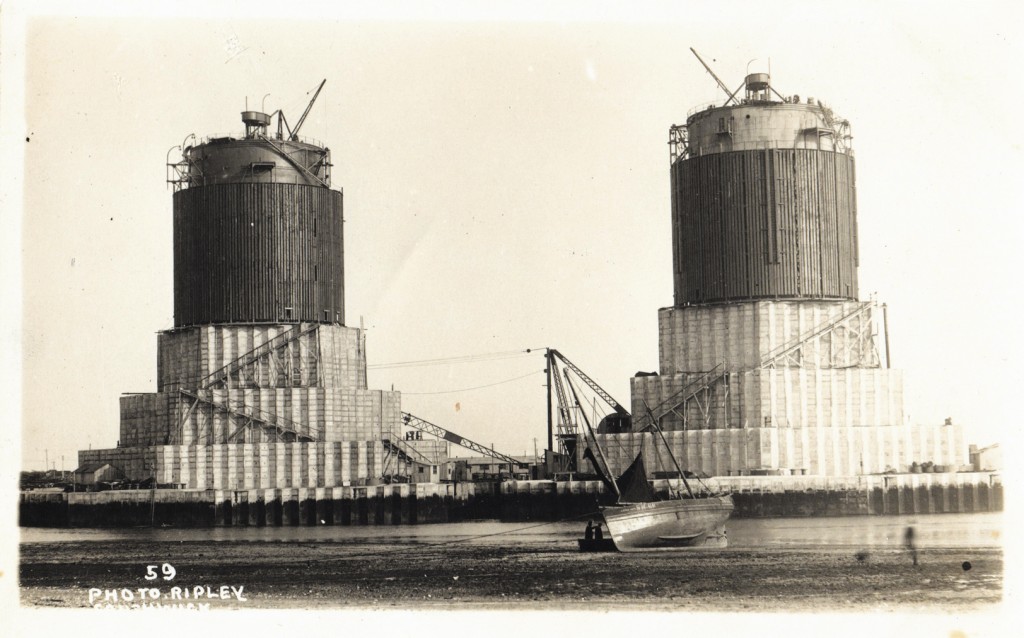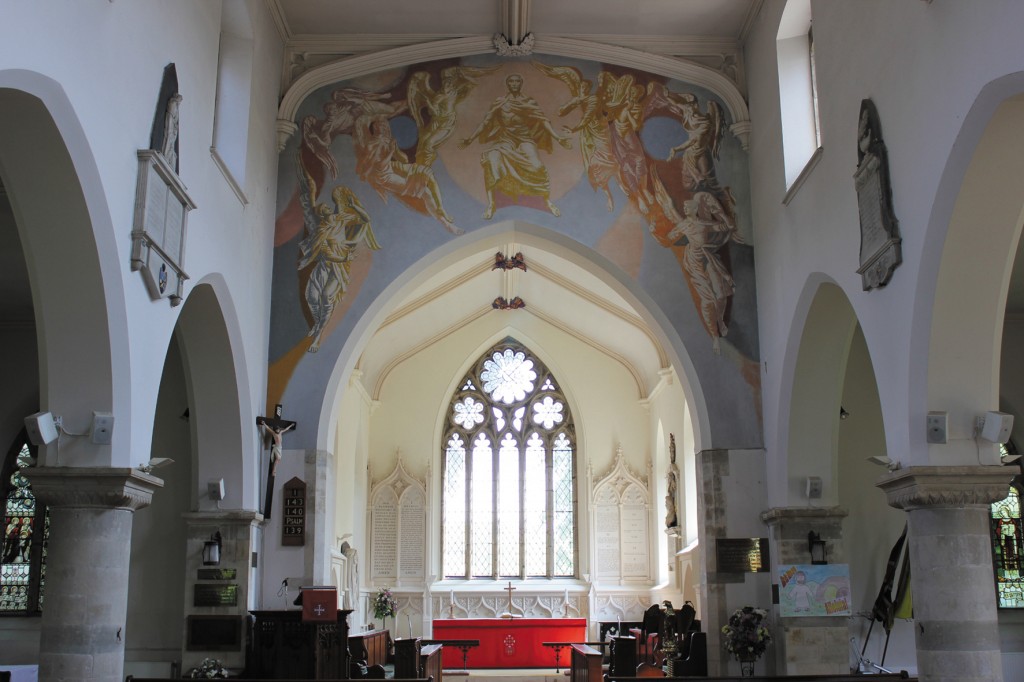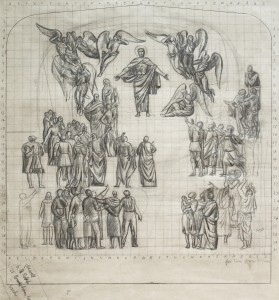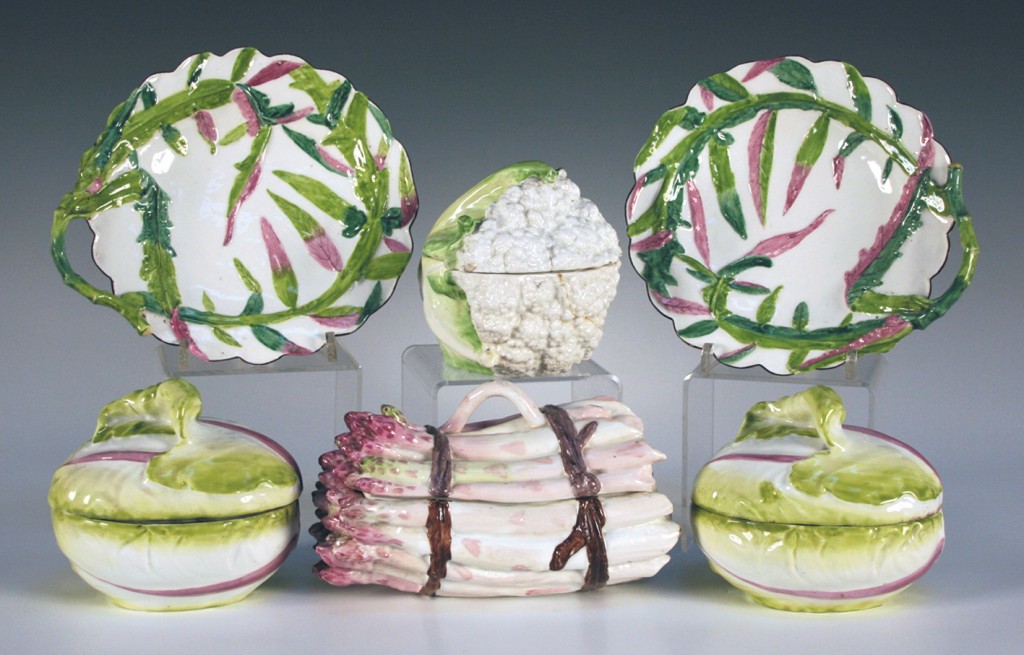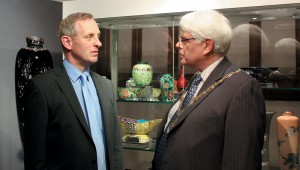
One of the jewels in the crown of Sussex heritage is Horsham Museum & Art Gallery under the passionate leadership of its curator Jeremy Knight. It has been my pleasure to work with Jeremy over many years, supporting both him and the museum. Over recent years Jeremy and his team have delivered a number of exhibitions worthy of national attention and this latest show ‘Japanese Treasures: Cloisonné Enamels from the V&A’ is very much of that calibre.
Japan was a society closed to the outside world for almost all of its Edo period (1600-1868) but American gunboat diplomacy by Commodore Perry in 1854 opened Japan to trade with the outside world. The Japanese were determined not to be a subjugated nation and during the Meiji period (1868-1912) they embarked upon a commercial and manufacturing revolution. Alongside this, Japan promoted herself through her cultural heritage at the international trade expositions which proliferated after the British Great Exhibition of 1851. Japan first exhibited at the Paris Exposition in 1867. On display was the brilliance of Japanese craftsmanship, including cloisonné wares.

The majority of the cloisonné on display at Horsham has been generously given to the V&A by Edwin Davies, CBE, together with funding to enable the collection to travel and be exhibited. Such acts of patronage in our contemporary age deserve to be celebrated. The exhibition features examples of the very finest quality by leading makers like Namikawa Yasuyuki (1845-1927).
Enamel is a vitreous substance like glass, which is bonded to a metal surface under heat. Cloisonné describes a particular decorative process where enamel is poured into compartments, known as cloisons, formed of a network of metal bands. The tops of the bands remain exposed, dividing one area of colour from another. It is thought that cloisonné arrived in China from Byzantium in the 14th century. The renaissance of the technique in Japan came in the early 1800s and developed quickly. By the 1870s the Japanese were able to produce wide areas of colour and intricate decorative motifs.
Many western travellers visited the studios of the cloisonné manufacturers. Among them was Sussex author Rudyard Kipling, who in his book From Sea to Sea and Other Sketches wrote of his visit to Namikawa Yasuyuki’s studio in the late 1880s: “It is one thing to read of cloisonné making, but quite another to watch it being made. I began to understand the cost of the ware when I saw a man working out a pattern of sprigs and butterflies on a plate about ten inches in diameter. With the finest silver ribbon wire, set on edge, less than a sixteenth of an inch high, he followed the lines of the drawing at his side, pinching the wires into tendrils and the serrated outlines of leaves with infinite patience… With a tiny pair of chopsticks they filled from bowls at their sides each compartment of the pattern with its proper hue of paste… I saw a man who had only been a month over the polishing of one little vase five inches high. When I am in America he will be polishing still, and the ruby-coloured dragon that romped on a field of lazuli, each tiny scale and whisker a separate compartment of enamel, will be growing more lovely.”
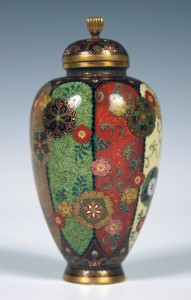
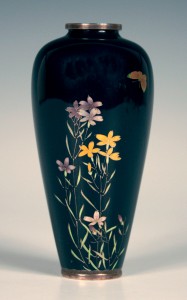
To find out why Namikawa Yasuyuki’s work is so revered, I turn to Toovey’s Oriental works of art specialist Tom Rowsell, who comments, “His technical ability and artistic sense for decoration, proportion and the form of the object is extraordinary. Take the signed vase and cover shown, finely decorated with flowers, trailing stems and floral mon on vari-coloured vertical cartouche panels. The decoration is perfect for the size and shape of the vase, which is only 10cm high.” Turning his attention to a later piece by Namikawa Yasuyuki, the 9cm-high vase also shown, Tom enthuses, “By the 1890s he was producing dark grounds, which required a much higher level of technical skill than the yellow and green grounds. I think the way the butterfly hovers above the purple and yellow flowers on that midnight blue ground is brilliant and the drama of the dark ground is heightened by the silver mounts.” Both pieces went under the hammer in specialist Oriental sales at Toovey’s, realising £4000 and £1700 respectively.
Toovey’s and I are really delighted to be supporters of this exhibition – the cloisonné on display is exceptional. It is a testament to Jeremy Knight’s skills and Horsham District Council’s support for the museum that we have this national exhibition here in West Sussex. ‘Japanese Treasures: Cloisonné Enamels from the V&A’ at Horsham Museum and Art Gallery runs until 22nd September 2013 and entry is free. I hope it will excite you as much as it has me. For more information visit www.horshammuseum.org
By Revd. Rupert Toovey. Originally published on 26th June 2013 in the West Sussex Gazette.
